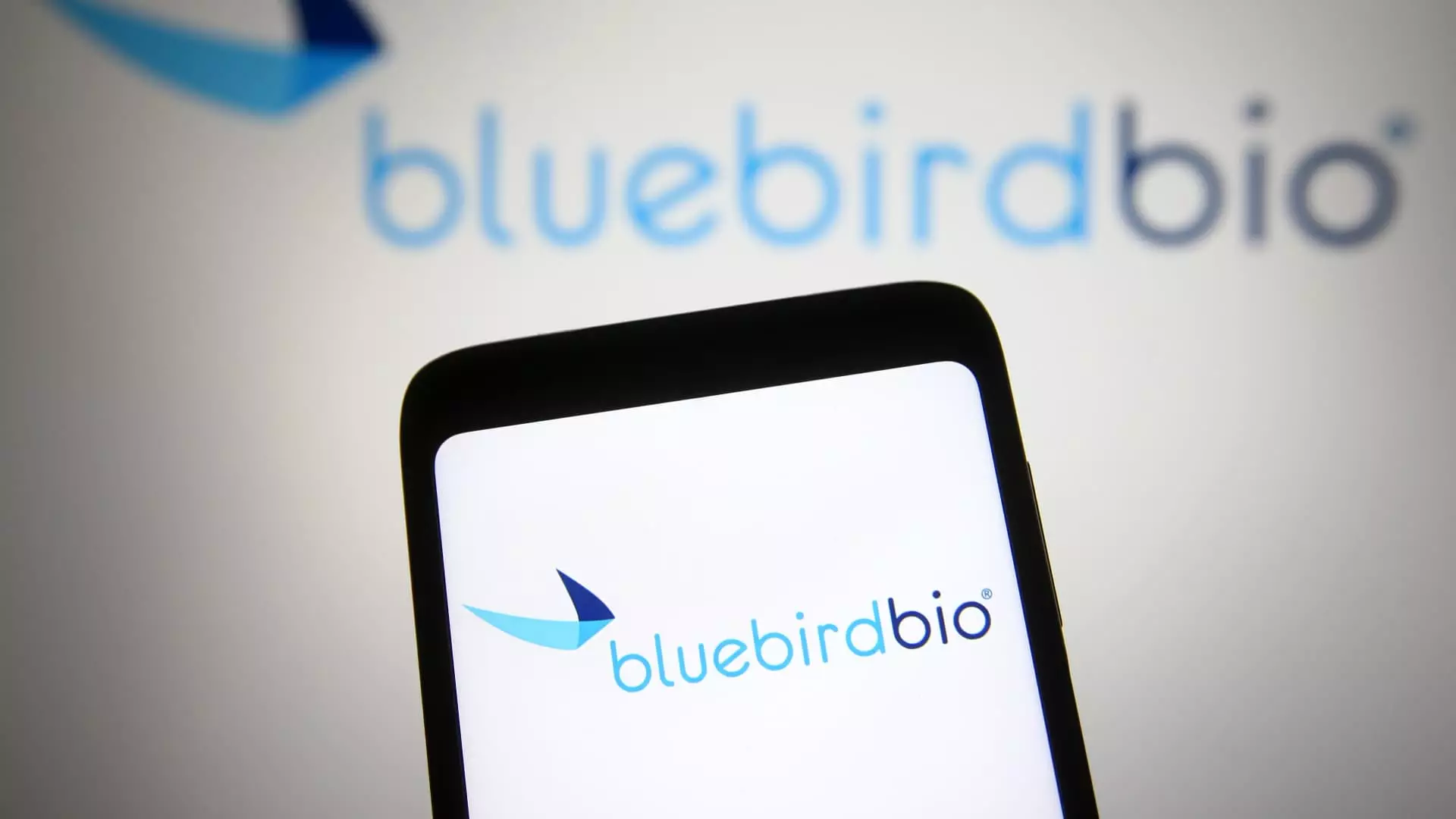Bluebird Bio’s story is a poignant reflection of the volatility inherent in the biotech industry. Once heralded as a revolutionary entity in the realm of gene therapy, the company has now found itself embroiled in turmoil, ultimately culminating in its sale to private equity firms Carlyle and SK Capital for a meager $30 million. This valuation starkly contrasts with the company’s previous peak market capitalization of nearly $9 billion, raising critical questions about the sustainability of biotech enterprises focused on groundbreaking therapies. This acquisition represents not just a financial transaction but a significant turning point for a firm that once promised to revolutionize the treatment of genetic diseases through cutting-edge technologies.
The Impact of Scientific Setbacks
The fall from grace was precipitated by a series of scientific disappointments. In 2018, Bluebird faced a major scandal when it disclosed that a patient undergoing its gene therapy for sickle cell disease developed cancer. Although the company subsequently assured stakeholders that its treatment did not directly cause the malignancy, the incident sowed seeds of doubt regarding the safety and viability of its innovative therapies. This scientific uncertainty was compounded by regulatory hurdles and pushback from European payers, particularly concerning the pricing of their gene therapy for beta thalassemia, Zynteglo, which was pegged at an extraordinary $1.8 million per patient. The ensuing withdrawal of Zynteglo from the European market in 2021 marked a pivotal moment signaling not just a financial crisis but also a blow to the credibility of Bluebird’s gene therapies.
The Market Response and Shareholder Discontent
In the wake of these setbacks, public confidence in Bluebird Bio waned dramatically. Share prices, which once soared high, plummeted following the announcement of the sale, closing at $7.04 just a day before they fell by 40%. Shareholders, once optimistic about receiving dividends from a company on the cutting edge of medical innovation, now face a stark reality where the initial buyout offer of $3 per share is a mere fraction of what they could have anticipated prior to the company’s dramatic downturn. Supplementing this initial offer with potential earn-outs based on future sales thresholds only adds complexity to a situation that was already fraught with uncertainty.
Bluebird Bio’s challenges highlight a crucial dilemma confronting the entire biotechnology sector: the balance between ambitious innovation and commercial viability. While breakthroughs in gene therapy hold the promise of curing otherwise intractable diseases, the industry is increasingly grappling with questions about whether these one-time treatments can translate into sustainable business models. The lukewarm launch of competing therapies—like Vertex’s Casgevy for sickle cell disease and Pfizer’s stalled gene therapy for hemophilia—further underscore the risks associated with this burgeoning field.
Despite the disheartening corporate landscape, the stories of patients who benefitted from Bluebird’s therapies remain powerful. Individuals who received Zynteglo, including a ten-year-old girl who made headlines as the first in the U.S. to undergo the treatment, highlight the complex relationship between biotechnology’s human impact and its financial realities. These tales of hope serve as a poignant reminder of the mission that drives many in the biotech field—the desire to effect meaningful change in people’s lives. However, the financial implications of delivering those cures pose a significant quandary for firms navigating these treacherous waters.
A Cautionary Note Moving Forward
As Bluebird Bio edges closer to the end of its independent journey, the questions it raises about the future of gene therapy remain pertinent. The struggle to transform revolutionary medical treatments into commercially viable products is not solely Bluebird’s issue; it’s a cautionary note for the entire biotech industry. Moving forward, stakeholders must grapple with an acute understanding that innovation must not only be seen as a path to cure but as a viable business model that can sustain long-term growth. In a field rife with potential, Bluebird Bio serves as an emblematic tale of both the aspiration and the peril entwined in the quest to redefine medicine.

